On paper, Rwanda is as perfect as a country could be.
“Our land is rich and fertile, the climate pleasant. This has been our home for centuries. We are one people. We speak one language. We have one history.”
Celine, my director whilst living in Rwanda, reads this sign at the Genocide Memorial in the capital, Kigali. She is the most charismatic public speaker I know, a person whom you are lucky to call a friend.
Yet, if they know if for anything at all, people probably know Rwanda – a country barely larger than Vermont – for two things. The story starts with Dian Fossey’s Gorillas in the Mist in the 1960s and 70s and then goes silent before the Rwandan Genocide erupts in 1994.
They certainly wouldn’t think to visit Rwanda.
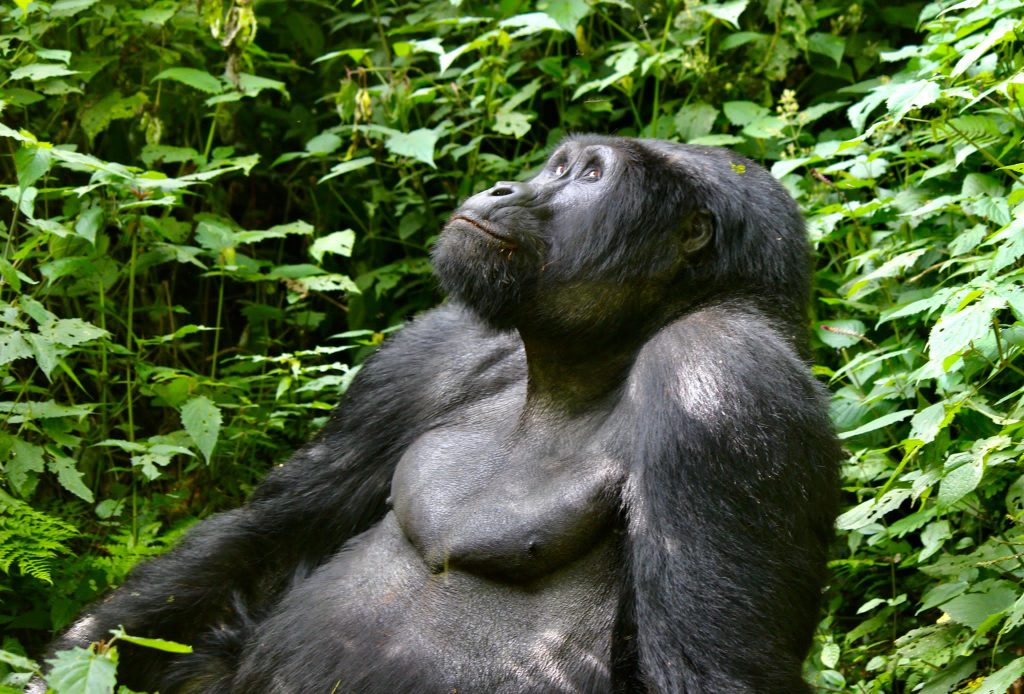
Now, however, the country has had nothing short of a renaissance. To visit Rwanda now is to see an excellent example of successful post-conflict reconstruction. Kigali is orderly, clean, and frankly impressive, and was an excellent place to live as a researcher. Having lived there (and then spent the years since trying to find ways back to live there) I’m in an obvious position to act as an unofficial tourist promoter for this extraordinary country:
Let me explain why, in practice, it is pretty perfect too.
1. It’s very (very) safe.
Rwanda is often called the “Singapore of Africa,” and there are many reasons as to why. Primarily, though, this epithet can be attributed to how safe the two countries are.
While both states have been criticized for being nanny or police states (depending on your generosity) there’s a reason that Kigali is described as the “safest city in Africa.” But for you as a tourist, the consequences of this are very positive. There aren’t any “no-go” areas in Rwanda, and the main issues you may run into are wild animals and the occasional landslide.
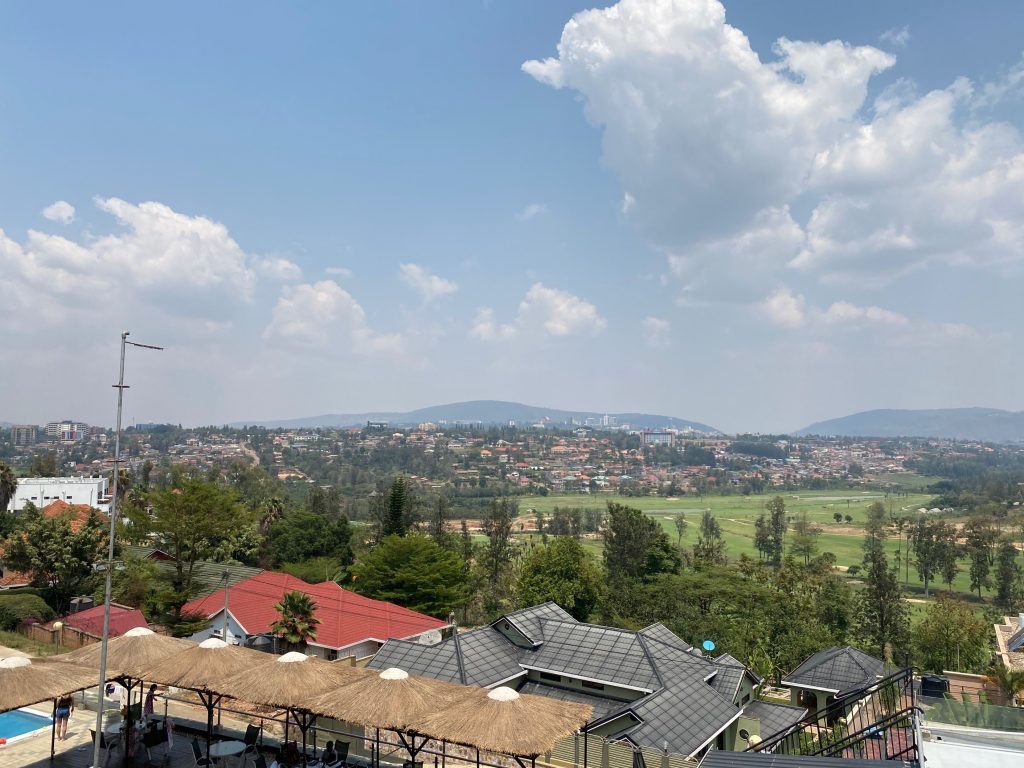
Both my female colleagues and I regularly walked the streets of Kigali late at night and felt completely safe. There are none of the panhandlers, touts, or scams that you see in many other tourist areas. The only place where you may need to watch your stuff is in the vast Kimironko market, but even there you should worry more about being sold an overripe mango!
We’re not telling you to be reckless of course – there are people in every society to avoid – but what we are saying is that you would be very unlucky to run into them here.
2. A small country with excellent infrastructure.
Rwanda is the fourth-smallest country on the African mainland by area (we’ll give you a gold star if you can name the smaller three) and one of the most densely populated.
However, while small size doesn’t always mean efficiency – as anyone who’s ever used the British rail system or driven across Delhi can say – it is true here.
Let’s start with getting to Rwanda: thanks to the national airline, Rwandair, Kigali is becoming a regional flight capital. If you’re flying from one side of the continent to another then you may well find yourself transiting here. If not, various airlines fly here directly from Europe, Turkey, and the Middle East – where you can connect to the entire world and visit Rwanda.
You can also cross the land borders with neighbouring Uganda, Tanzania, Burundi, or DRC before you visit Rwanda. There are multiple overland options for each of these, though check the security situation before travelling to the latter two.
Kigali is right in the middle of the country, which makes it an excellent hub for a national transportation system that has been designed accordingly. Nowhere in Rwanda is more than a 6-hour drive from the capital – the one domestic flight it is hardly worth using.
Railways never really made it this far into the continent, but the roads are excellent and there are frequent, affordable bus connections between towns. If you happen to get bored of them when you visit Rwanda, though, you can always hop on a speedboat to traverse the coast of Lake Kivu. Or use it as an excuse to take out a 4×4 and go on safari?
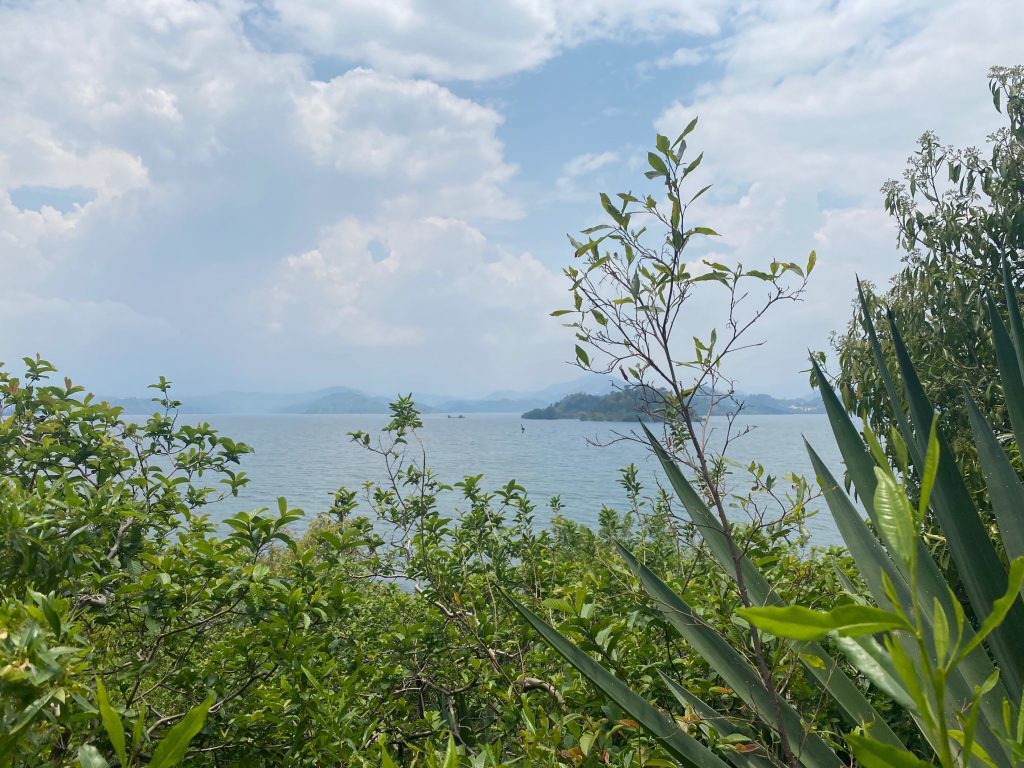
Feel like something more “local?” Then jump in a Twegerane minibus, the name of which literally means “let’s get closer” in Kinyarwanda. Just imagine Africanized versions of the marshrutkas found across the former USSR.
Transportation certainly isn’t difficult if you want to travel within cities, either. Jump on a moto, which is essentially a motorbike-taxi that you hop on the back of. You can go anywhere in Kigali and get change from $1 – and remember that it’s a very hilly city!
Rwanda also has a phone network with coverage that puts many Western countries to shame.
3. Visas are easy to come by.
Africa isn’t exactly known for being a bastion of easy visa regulations. Thankfully, Rwanda isn’t like the rest of the continent. The country has easy immigration procedures for tourists, with visas not even required (and FREE!) for citizens of all African countries, the Commonwealth, and La Francophonie for stays of less than 30 days.
The rest of the world – notably the United States, Germany, China, and Japan – receive a visa on arrival for USD 50. This takes the form of a small extra stamp in your passport and takes less than 5 minutes to process.
Alternatively, if you are also visiting Uganda and Kenya (highly recommended!) then you may want to take advantage of the East Africa Tourist Visa. For USD 100, you can visit all three countries as many times as you want in 90 days as long as you don’t exit to a third country. Just make sure that you plan your travel schedule accordingly, and that it’s cost-effective.
If you decide to extend your stay, or settle more permanently, then obtaining a visa is also easy. You’ll need to get a letter from the organization you’re based with or from a local tour company, before heading down to immigration in downtown Kigali. The office was on my old route to work, and they’re a friendly bunch!
In short, it’s very easy to visit Rwanda.
4. An amazing climate.
If you look at Rwanda on a map, you’d assume that being located almost exactly on the equator wouldn’t help to create a pleasant and temperate climate. However, the country is known as the “Land of a Thousand Hills” for a reason – no part of Rwanda sits below 950m, while Kigali is perched in the hills at 1,500m. This helps to create an excellent and very livable climate indeed – the capital averages 25OC in the day and 15OC at night.
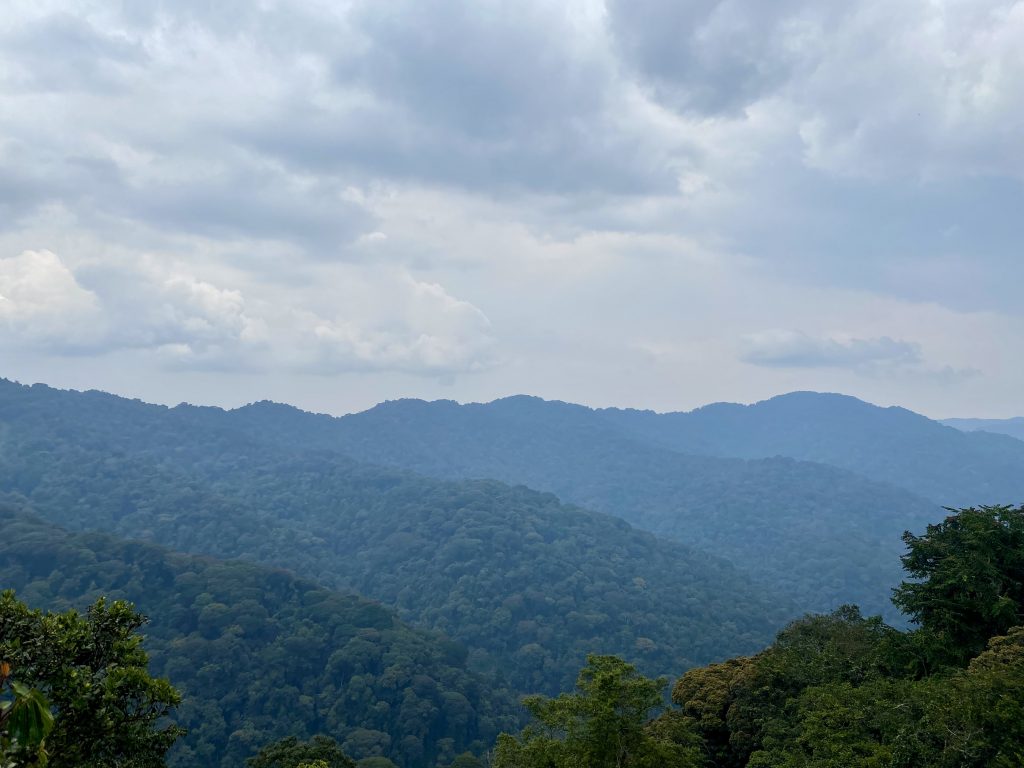
Being equatorial, the year is split into “wet” and “dry” seasons, with almost all the rainfall coming between March to May and September to November. For sure, the rainy seasons can be annoying, (you’ll probably want to leave your Birkenstocks at home) but use it as a chance to escape to the country’s tea fields. The fiery greens make the hills look like Wales or Switzerland in summer, but better in every way.
5. Visit Rwanda’s unexpected hipster centres.
In recent years, Rwanda has begun attracting a distinctly cultural – dare we say, hipster – type of visitor. Scattered through the country are artistic venues that initially seem unrelated to each other, yet together form a deep and rich cultural tapestry.
Kigali’s Nyamirambo neighbourhood is a great place to start. It’s a lively, vibrant place, with children playing football on side streets while locals hop between salons, juice bars, and pop-up art galleries. Most of Rwanda’s Muslim community lives here, so check out the Gadaffi and Green Mosques, beautifully surrounded by murals. It’s also got the region’s best tailors.
Need a break now? We have two places to recommend. First, the 1000 Hills Distillery is East Africa’s first craft spirits producer, and there you can enjoy Rwandan-style tapas dishes and sip on a homemade gin and tonic. Rumour has it this cocktail prevents malaria, but only if you drink several dozen… Or are you in the mood for something lighter? Then stop by an Amata Meza, or milk bar. These hangouts are trendy places to relax while sipping on a cool glass of milk. After all, you’re in a place where cows represent wealth, power, and success.
Heading out of the capital, drive a few hours west to Gisenyi, a charming place where you can bike in the mountains and take a basket weaving class with local women. It’s also the country’s main beach town, so we recommend joining one of the local volleyball games or attending an impromptu concert by the lake.
6. Lessons the whole world should listen to.
There’s no other way to put it – much of Rwanda’s history is brutal, violent, and frankly heartbreaking. Merely mentioning “Rwanda” in much of the world brings up pictures of the 1994 Genocide Against the Tutsi, where one million Rwandans were killed in 100 days.
However, there is something extremely special about the way that the country has tried to not only move on but also acknowledge and learn from their tragedies. This can only be fully appreciated by those who take the effort to visit Rwanda.
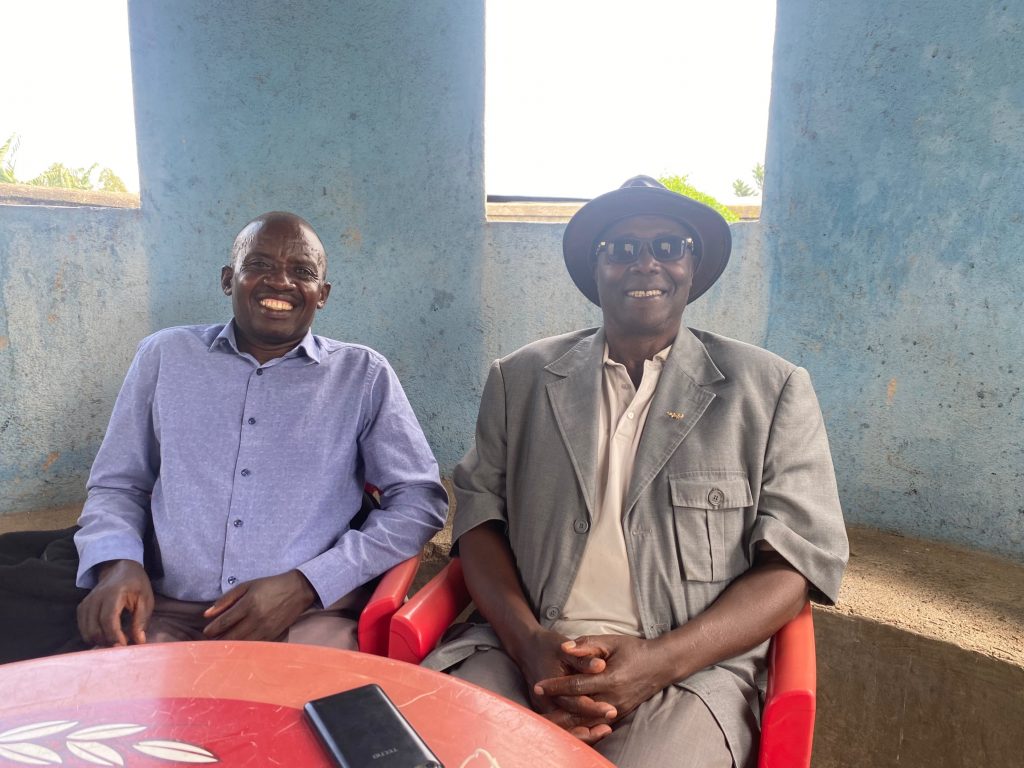
of people during the genocide, despite the horrendous risks for them and their families.
The country has effectively pursued a policy of being “one Rwanda,” where people do not identify with their ethnic origin but as being Rwandan. This makes sense for several reasons, not least because the Hutu and Tutsi “ethnic” groups were socio-economic and were only racialized in the colonial period. Not everyone agrees with this, of course, but it’s an interesting theory for societies to consider today.
Many of the issues that Rwanda have tackled – and continues to tackle – reflect those that the entire world must deal with now. These are questions concerning foreign intervention, international aid, censorship, language, authority, the role of government… what it means to be human.
See Rwanda with your own eyes. Speak to as many people as possible, from all backgrounds. Then, you’ll form your views as to what “lessons” this country can teach the world. We’ll see you there.





